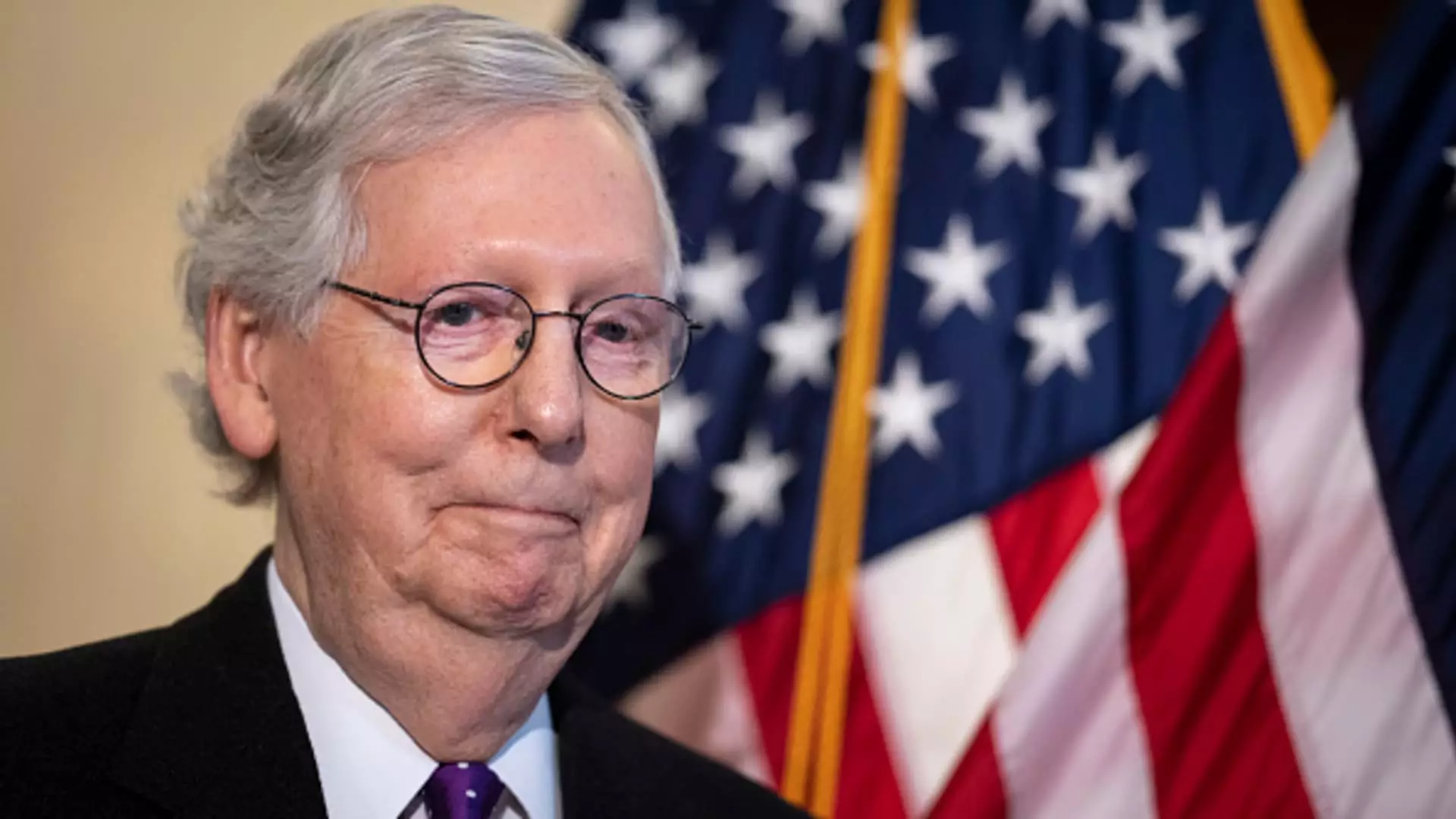As the political tides turn in the United States, projections indicate that the Republican Party is poised to reclaim a majority in the U.S. Senate by 2025. Prior to the recent elections, the Democrats occupied 47 of the 100 seats, buoyed by a coalition with four independents, which strategically lent them a slim majority. However, as the dust settles from the latest electoral battlegrounds, it appears that the Republicans are about to enhance their presence in the Senate significantly.
This election cycle presented Republicans with a more favorable environment to secure Senate control. With just 11 seats to defend compared to the Democrats’ 23, the GOP had an easier strategic pathway, which appears to be paying off. Analysts suggest that this disparity in the number of contested seats has given Republicans a critical advantage, enabling them to focus resources and efforts effectively. By January, when new Congress members are sworn in, forecasts predict that the GOP could secure a minimum of 51 seats.
Among the notable victories for the Republican side was Bernie Moreno’s anticipated win over incumbent Democratic Senator Sherrod Brown in Ohio. This race was particularly significant as it was not merely about one seat but also showcased how shifting demographics and political sentiment could influence voter decisions at a broader level. Additionally, Jim Justice’s successful campaign in West Virginia, aimed at filling Senator Joe Manchin’s seat following his decision not to seek re-election, further strengthened the Republican foothold. Manchin’s departure from the Democratic Party earlier this year had already raised eyebrows, indicating a shift that could be advantageous for the GOP.
In Nebraska, incumbent Republican Senator Deb Fischer retained her seat, underscoring the continuity and stability that voters seem to favor in certain key areas of the Midwest. The Republican momentum reflected in these races has broader implications for national policies and the political landscape moving forward.
The high stakes of this election cycle were underscored by an estimated expenditure of over $1 billion aimed at securing pivotal Senate seats. The focus was particularly sharp in battleground states like Montana, Ohio, and Pennsylvania, where fierce competition drew national attention and resources. Such investment highlights not only the perceived importance of these positions but also the broader national trends influencing political campaigns. The financial backing underscores the significance of these races in shaping upcoming legislative agendas and policy directions.
As Republicans prepare to take control, the implications of these victories extend beyond mere numbers. They could herald a new era of legislative priorities and governance styles that challenge the existing Democratic strategies. The evolving dynamics within the Senate will be crucial to watch as it will influence not only domestic policies but also the U.S.’s standing on the global stage in the coming years. With the stage set for a Republican majority, how both parties respond to this political shift will determine the legislative landscape of the United States for years to come.


Leave a Reply